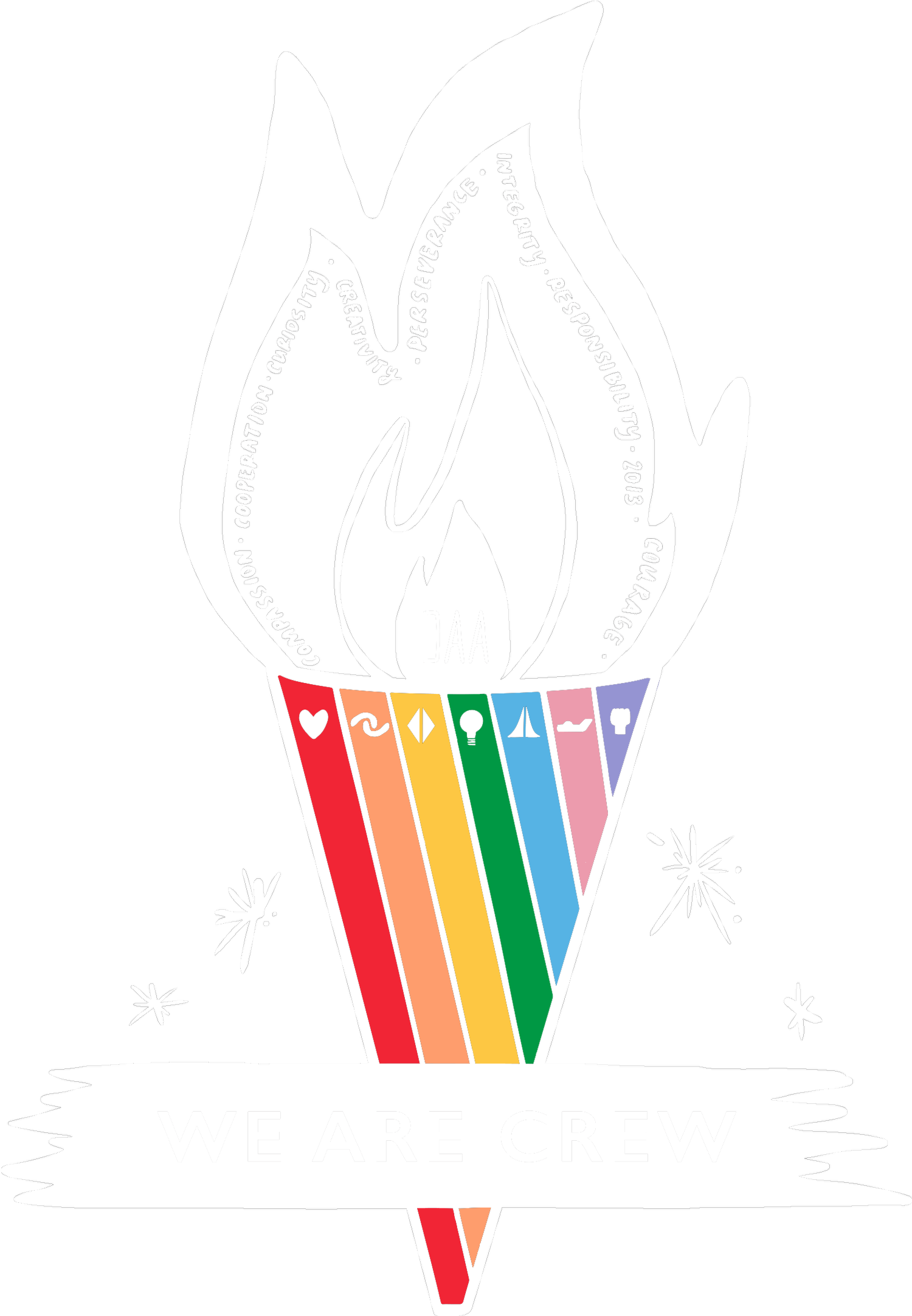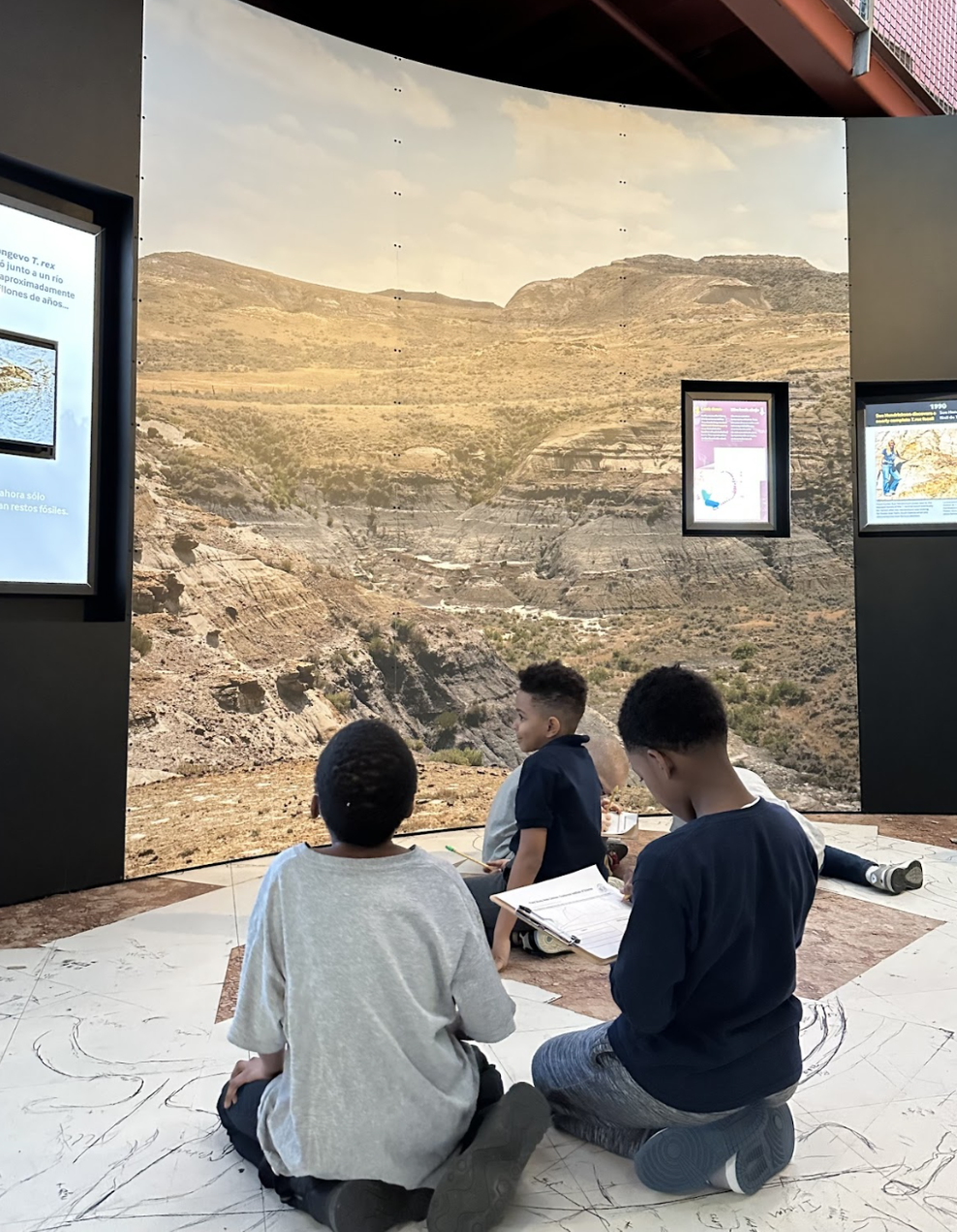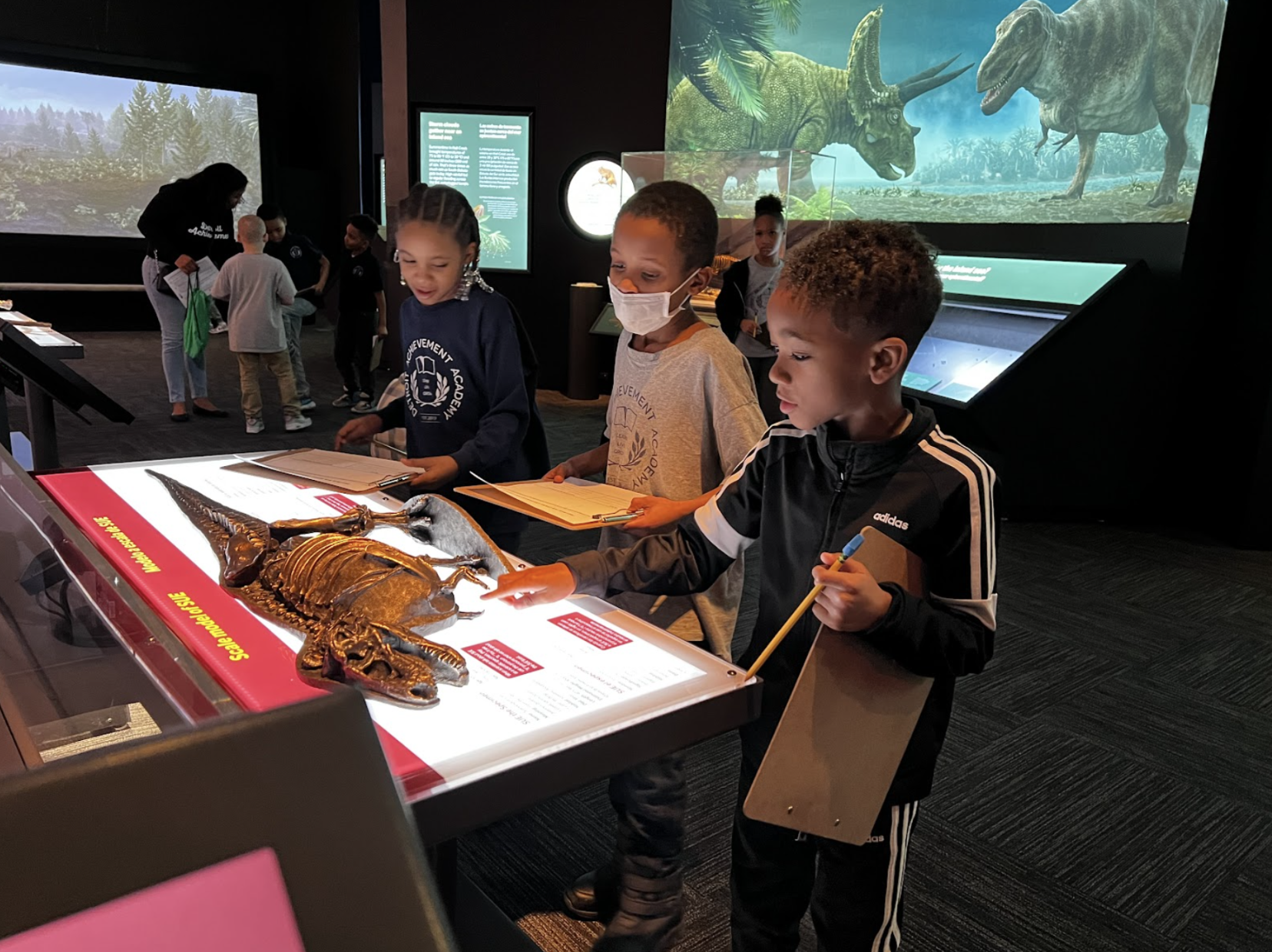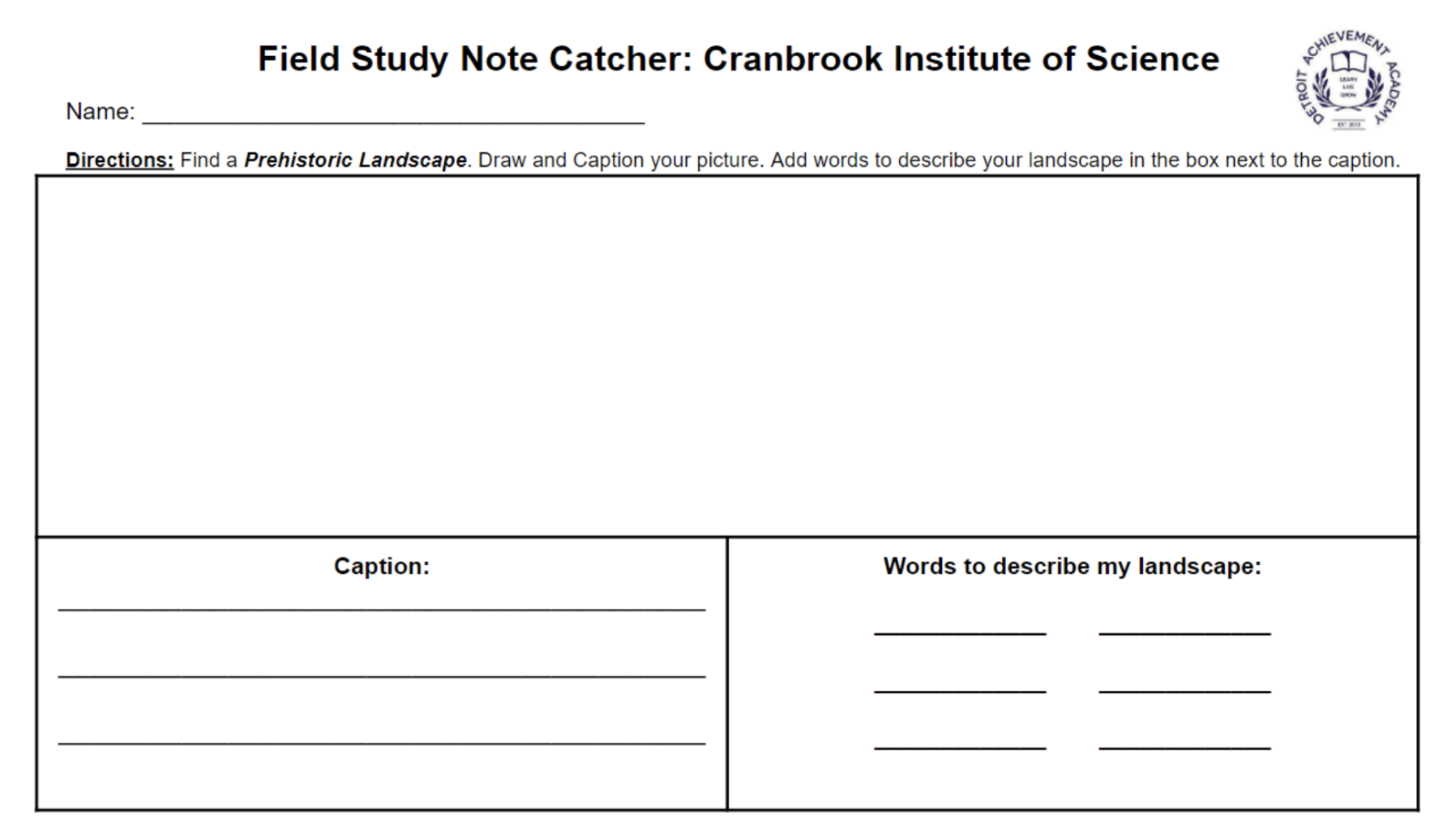Supporting Authentic Final Products with Intentional Field Studies- 2nd Grade at Cranbrook Institute of Science and Ann Arbor Museum of Natural History
In Reading Module 2, we explored the guiding questions, “What can we learn from studying fossils?” and, “How do authors write compelling narratives?” Through planned research with fiction and nonfiction texts, students swiftly became experts in fossilization and paleontology. With great curiosity, students explored the history of the earth and thought deeply about where fossils came from and how the process of fossilization took place.
Certainly, if you know second grade then you’ll know how inquisitive and naturally curious they are! We were able to take our questions with us out into the field to learn more about fossils from the experts at Cranbrook Institute of Science and the Ann Arbor Museum of Natural History.
While a guest at the museum, students participated in a live demonstration of the fossilization process along with seeing the casts of real fossils that were uncovered in the field. After demonstrations, students had the opportunity to explore fossils in the museum and even see scientists in action. One of the main jobs of students on their trip to Cranbrook wasn’t necessarily to see fossils, but to deepen their understanding of the environment in which fossils came from and where the dinosaurs originally lived. Through intentionally planned note catchers, student’s jobs were to draw and take note of the environments fossils were found. With clipboards in hand, students got to work drawing and annotating details of the different environments and because of this deep research, were able to create final products that encapsulated their knowledge of not only the fossil they studied, but also the habitats and environments in which these creatures once inhabited. In turn, the writing students produced this year were also more authentic in their details they included about their fossil habitats. Students shared about hot deserts as well as vast oceans and wide windy plains. Because of this project, students were able to share their learning in a more authentic way than ever before, including details about fossils and prehistoric habitats!





